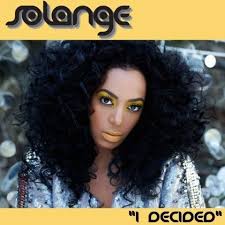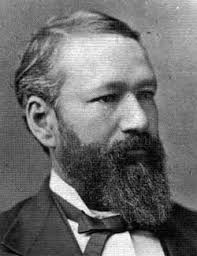 Garcelle Beauvais (1966- ), also known as Garcelle Beauvais-Nilon, is an American television actress and former model. She is best remembered for playing Fancy on “The Jamie Foxx Show” in the late 1990s. She was also assistant district attorney Valerie Heywood in “NYPD Blue”. In 2007 she appeared in Playboy magazine and had twins – all at the age of 40!
Garcelle Beauvais (1966- ), also known as Garcelle Beauvais-Nilon, is an American television actress and former model. She is best remembered for playing Fancy on “The Jamie Foxx Show” in the late 1990s. She was also assistant district attorney Valerie Heywood in “NYPD Blue”. In 2007 she appeared in Playboy magazine and had twins – all at the age of 40!
She had her twin boys in October 2007: Jax and Jaid. She also has an older son, Oliver (1991), from her first marriage.
Some commenters at Bossip.com did not like how white her twins look. Since they are test tube babies, it is possible that they are not hers by blood. Assuming that they are, they might get darker as they get older.
They were delivered early because she started having headaches that would not go away. The doctors said she had pre-eclampsia, which could have killed either her or the babies. After they were born, she lost her baby fat almost right away. She says it is because her shoot for Playboy forced her to get into shape before she was expecting the twins.
She started in film, not television. She was even in “Coming to America” (1988) as a rose bearer. I remember her in the water tower scene in “Wild, Wild West” (1999). But she has never had a lead in a film that made it big. Her success has come instead in television:
- 2005: Nora Gage in “Eyes”
- 2001-2004: assistant D.A. Valerie Heywood in “NYPD Blue”
- 2000: Ms Maya Bradley in “Opposite Sex”
- 1996-2001: Francesca “Fancy” Monroe in “The Jamie Foxx Show”
- 1994-1995: Cynthia Nichols in “Models Inc”
Her break came with “Models Inc”, but she is best remembered as the female lead in “The Jamie Foxx Show”. In 2008 it is still on American television in endless reruns.
She was born in Haiti to a well-to-do family, the youngest of five sisters and two brothers. Her parents split up when she was young. At seven her mother brought her to America. Garcelle went to boarding school in Massachusetts while her mother studied to be a nurse in New York. At 16 the family moved to Miami where she acted in high school plays.
At 17 Beauvais came to New York to become a model, where she signed with Ford Models. You saw her in print ads for Avon, Mary Kay and Clairol and in catalogues for Nordstrom and Neiman Marcus. I remember her from those days: there are only so many black models in those catalogues. She has also done some fashion modelling for Calvin Klein and Isaac Mizrahi.
In the 1990s she was in television ads for Diet Coke and American Express.
Although she was born in Haiti, she has American Creole roots: her family came to Haiti from New Orleans after the civil war. They did not mix much with the Haitians.
She speaks French, Haitian Creole and English. She learned English at seven from watching “Sesame Street”.
She has married twice. Her first husband, of six years, was Daniel Saunders, a producer. In 2001 she married Mike Nilon, an agent.
See also:


















































